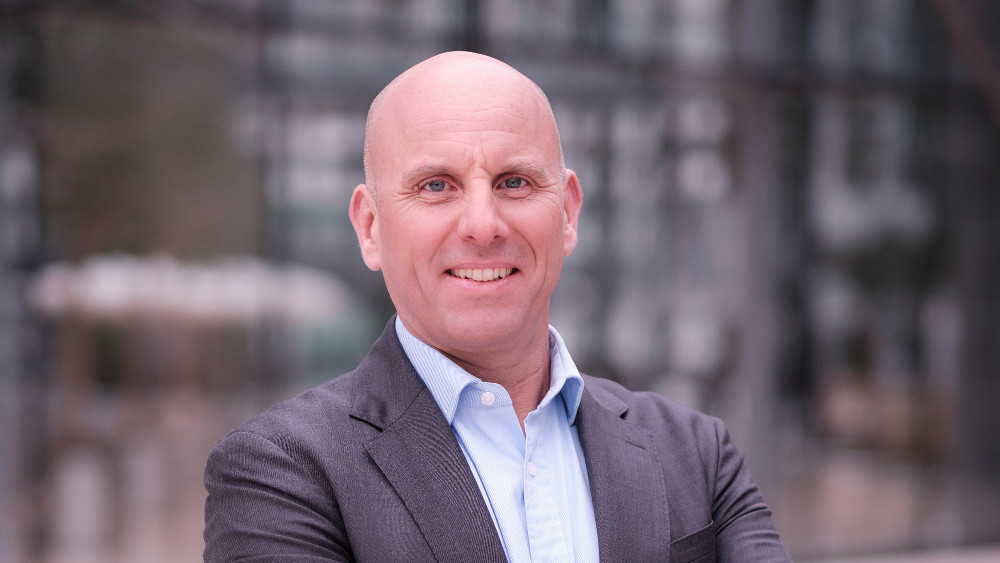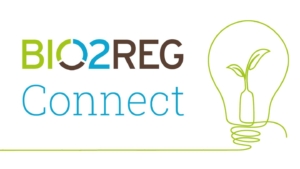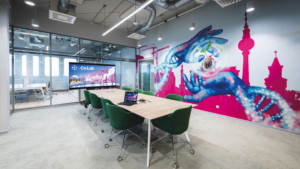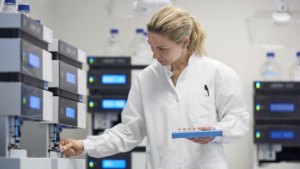
Lessons from a former poster child
With partner Indivior exchanging a late-stage addiction programme for early-stage alternatives, 2019 did not start exceptionally well for Addex Therapeutics. But, the Swiss drug developer has shown the stamina to withstand far more serious setbacks in the past. For EuroBiotech, Addex's CEO Tim Dyer recounts the company's history and outlines its future.
EuroBiotech_ What is Addex all about?
Dyer_ We are a biopharmaceutical company focused on the development of novel, orally available, small molecule allosteric modulators for central nervous system disorders. We have invented proprietary screening tools to discover such modulators. Although they can be found with conventional tools as well, these methods produce many false negative and false positive hits.
EuroBiotech_ Addex has not patented this core technology. What is the idea behind it?
Dyer_ Not binding at the active site, allosteric modulators modify receptor function only when the endogenous ligand is also binding. I like to describe them as dimmer switches, offering control over the intensity of activation or deactivation, while allowing the body to retain its natural control over initiating receptor activation. As most allosteric compounds that bind to the allosteric site do not show any intrinsic effect, the challenge is to measure their effect. Structure-activity-relationships are difficult to determine and ultimately lead optimisation becomes a hurdle. Our secret sauce is not only the screening assays but also tools that allow us to characterise allosteric compounds through the lead optimisation process.
EuroBiotech_ So Addex has been a platform company from Day 1?
Dyer_ Exactly. Backed by venture capital, the company was founded in 2002 and went through three rounds of equity financing. Then came a big IPO five years after founding. Back then, we were the poster child of biotech in Switzerland.
EuroBiotech_But then, the tide turned.
Dyer_We had some attrition in our pipeline, but we strategically decided to focus on our platform, developing a range of different candidates and signed a couple of preclinical deals with pharma companies. But it was not enough. The stock market lost confidence. Addex began to run out of money. Some management changes took place, and new business models were developed. I was the CFO back then.
EuroBiotech_ What was the strategy to raise funds?
Dyer_ A new CEO came in 2011, and I disagreed with him on how to finance the company. My basic rules are: First, raise money on good data. Second, have some money on the balance sheet when a clinical readout is ahead. If more than 50% of your clinical trials are positive, you can develop the company pretty neatly, and you will eventually make it with one compound to market. However, our CEO back then decided not to raise any capital following a Parkinsons disease study readout. He wanted to partner the programme instead. The trial resulted in clinically meaningful data, but the primary endpoint was missed, nevertheless. Having twelve months of cash, Addex started to find a partner. Six months later, we had six months of cash. When we finally started to raise capital, the stock market was extremely sceptical. A panic trade sale attempt failed, and finally, Addex ran out of money.
EuroBiotech_ How did the company come back to life?
Dyer_I got restructured out in February 2013 along with many other employees. The resurrection in April 2013 did not come off, because everyone had lost confidence in the CEO. He had to step down, and I was asked to take over the helm in June. My task was to avoid a humiliating public bankruptcy. I succeeded, and a few weeks later, we raised CHF3.2m from some specialist US hedge funds. Im not gonna sell you science, Im selling you a turnaround story,’ I told them that, because I knew it wasn’t a science problem. Im putting in 10% of the money. Will you join me?’ The stock price was really low, but we were convinced that it would recover once there was a clear path ahead for Addex.
EuroBiotech_ How come Addex did not fall apart?
Dyer_ Although every employment contract was terminated, most of the people continued to come to work. We all decided to roll up our sleeves and try to work out how to rebuild the company.
EuroBiotech_ A lot of dedication but no cash what happened next?
Dyer_ We spent a year figuring out what to do with the assets. We also tried to find out why the business development activities had failed. I started talking to parties that had been mulling over a deal but had decided against it. We found out that our lead programme, drug candidate dipraglurant for the treatment of levodopa-induced dyskinesia (LID) in Parkinson’s disease (PD) patients, had a negative net present value because of low pricing expectations in the LID market and competition from a big pharma company. The idea to partner that programme was a mistake. We should have moved it to the next value inflection point ourselves. Hence, I took the decision to explore other indications for dipraglurant at the end of 2013, and we started focussing on dipraglurant’s effect on dystonia, a movement disorder. But, to start discussions, we had to have some new data. And to generate data, you basically need money that we didnt have. So, we decided to work with government and patient advocacy group funding, and to collaborate with acadaemia. We ended up collaborating with a lot of different parties. One example is the US National Institute on Drug Abuse (NIDA) that financed research in addiction. Three and a half years on from signing the deal with NIDA, we partnered the relevant programme with a pharma company, Indivior plc. Similarly, discussions with the CEO of The Michael J. Fox Foundation convinced us to take up the PD-LID programme again. With a real cure a long way off, dyskinesia was one of the biggest unmet medical need of Parkinson’ s patients. I really would encourage you,’ he said and handed over a US$1m grant to prepare a Phase III study. All these developments allowed us to raise more money from family offices around Geneva and keep the company alive.
EuroBiotech_ But non-dilutive funding is not paying any clinical studies
Dyer_ That, of course, is right. I always had the objective to raise a large amount of money from high-quality US specialist investors. That’s when I got in touch with Roger Mills, who is now Addex’ Chief Medical Officer. Roger directed the work leading to the FDA approval of Nuplazid, the first and only medication approved by the FDA to treat Parkinson’s Disease Psychosis. Obviously, he was the best person you could think of to help us with our Parkinson’s programme. I frankly asked him if I should waste any more time on the dipraglurant PD-LID story. You’re sitting on a jewel,’ was his brief answer. Subsequently, he retired from retirement and joined Addex. Discussions with US investors had been going on for three years. But soon after I had convinced Roger to join us, we secured a term sheet with a US$15m investment commitment. Investing is in part an emotional decision. As an investor, you are looking at everything available to reassure yourself that you are not making a mistake. A credible expert with a strong track record made the difference for us. Now, we are back on track to built a sustainable pharmaceutical business around allosteric modulation.
EuroBiotech_ What has changed for the PD-LID programme from a business perspective?
Dyer_ Back in 2012, the price of a PD-LID drug was estimated at about US$3,000 per year. With 170,000 patients in the US, this would have been a US$500m market at best and peak sales for dipraglurant a fraction of this. But, things have changed. The US PD-LID market is now estimated to be US$4.2bn. Newly approved drugs like Nuplazid (priced at US$30,000 per year) and Gocovri (priced at US$28,500 per year) have higher price tags, resulting in projected peak sales ten times higher than calculated six years ago. For us, some other things have turned for the better as well. Novartis was ahead of us back then but terminated their project mavoglurant, making dipraglurant now first-in-class. What’s more, unlike six years ago, the pharmaco-kinetic profile of short-acting dipraglurant is not seen as a disadvantage but, instead, as a key advantage today.
EuroBiotech_ What would you say is the bottom line of Addex’ past?
Dyer_ CHF350m has been spent on the company, and it has a market capitalisation of just CHF50m, of which CHF40m is cash. There is huge hidden value in the company waiting to be unlocked. What very often happens with biotech companies running into trouble is that investors don’t want to spend their scarce time on the old, failed assets, so the assets of these biotechs reappear in other companies. Investors assume that there must be something wrong with the concept or technology, which is not always the case. During the turnaround we regularly heard from investors that they liked what we were doing, but they were too busy on new things. It’s hard work turning around the perception and attracting the interest of investors. In the case of Addex, it was clearly Parkinson’s expert Roger Mills that helped to get the story off the ground again.


 BIOCOM / aminul788 - Adobe Stock
BIOCOM / aminul788 - Adobe Stock Bayer Co.Lab
Bayer Co.Lab